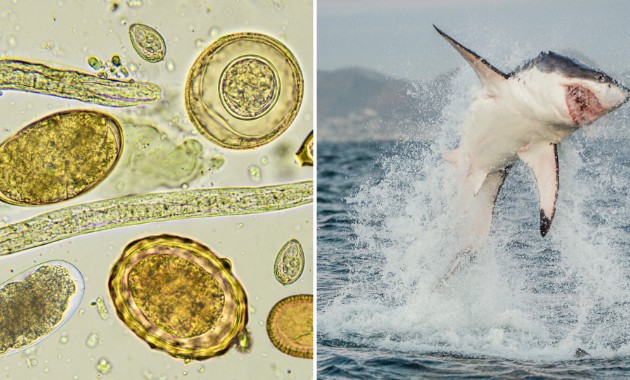Charles Sturt University (CSU) Vice-Chancellor Professor Andrew Vann has highlighted the role universities can play in improving health and social outcomes for Indigenous Australians by instilling in their graduates an understanding of Indigenous culture.
Speaking ahead of National Close the Gap Day on Thursday 20 March, Professor Vann said governments on their own could not end the decades of disadvantage experienced by Indigenous Australians.
"It is incumbent on all of us, as Australians, to make the changes in our lives and in our own interactions that together will make real differences," he said.
"But to do that, we need to be culturally competent. We need to understand the issues involved and the impact they have on the lives of all Indigenous Australians.
"That's why it is so essential that Australia's universities, as the educators of the future generation of professionals, ensure all the graduates they produce have the knowledge and skills to be able to work with Indigenous peoples and communities in a culturally competent way."
CSU's Indigenous Education Strategy, implemented in 2009, is incorporating Indigenous Australian content into all undergraduate programs as part of its efforts to make Indigenous people, culture and knowledge a valued and visible aspect of university life at CSU.
"Getting an appreciation of different cultures is also a very powerful way to understand your own culture, and what you take for granted as a result of your cultural background," Professor Vann said.
"If we can add to that the cultural understanding that allows students to work collaboratively and productively with Indigenous people and communities, then suddenly we start to develop a reserve of people who are willing and able to effect real change."
Almost 200 000 Australians have signed the Close the Gap pledge, and about 140 000 participated in National Close the Gap Day 2013, according to the Close the Gap Progress and Priorities Report 2014.
"It is very encouraging to see there have been some improvements in mortality rates for young Indigenous children, and in pre-school enrolment rates, year 12 and higher education outcomes," Professor Vann said.
"But there is much work still to be done to improve outcomes in a range of socio-economic indicators, including life expectancy, to parity with non-Indigenous outcomes.
"It is imperative that all Australian governments honour the concept of self-determination and work with communities in the true spirit of reconciliation."





Social
Explore the world of social